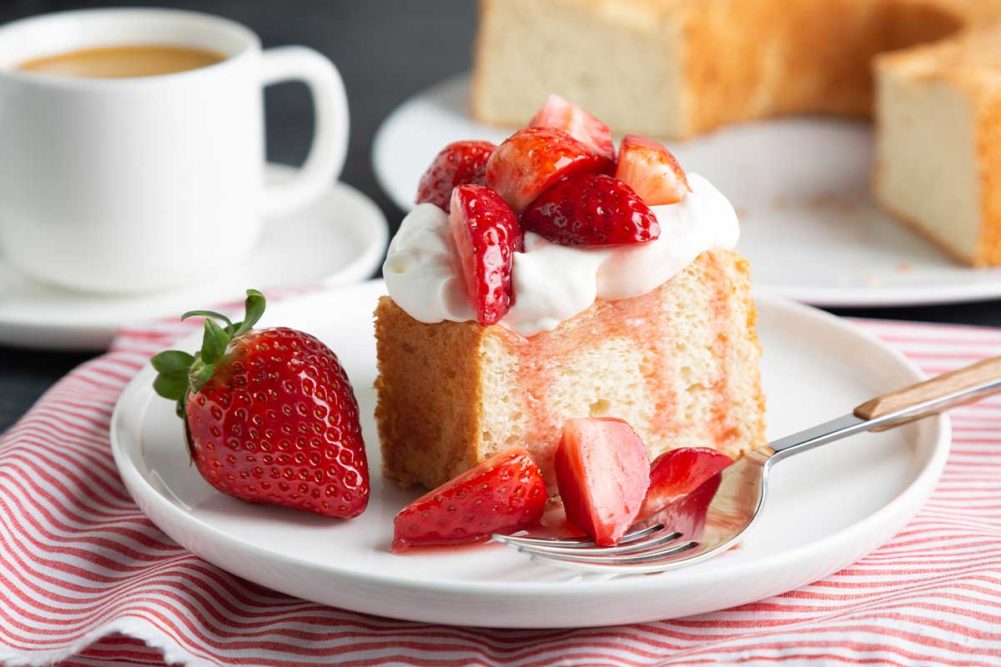When replacing eggs in cakes, bakers need to consider the specific functionality eggs are contributing, the other ingredients, the process and even the size of the cake.
“Sponge cakes rely heavily on the foaming of eggs and the structure and volume you receive from an egg while a crème cake relies on emulsification, aeration and mouthfeel,” pointed out Dana Duwe, senior application technologist, AB Mauri North America. “Even changing the size of the cake can create a challenge. The larger the cake, the more stable your formula must be.”
Cakes containing high levels of sugar can be especially challenging, said Yanling Yin, director, bakery applications, Corbion.
“Cakes with no leavened yeast and a high amount of sugar — for example, if sugar is the first ingredient — are the most challenging for egg replacement,” she said. “The variety of cake processing, including open bowl batch mixing or continuous mixing, also can have a significant impact on the difficulty level of formulation changes. For pancake-type products, the egg replacement is much less challenging with no significant impact on the finished products.”
Replicating emulsification, supporting structure or texture modification and replacing protein in cakes can be easier than replacing functionalities like foam stabilization, said Jeff Hodges, manager, bakery, snacks and confections applications, ADM.
“Foam stabilization is important when working with lighter cakes, such as angel food or chiffon cakes, as well as meringues,” he said. “These types of baked goods call for whipped egg whites, which can help them rise and contribute to their overall fluffiness. Pound cakes, on the other hand, require a larger quantity of eggs — including the yolks — to create their signature dense texture. When replicating an egg’s unique functionalities, it’s important to also ensure the cake’s aroma, flavor, texture and overall appearance meet consumers’ high expectations.”
The ability for eggs to set at a particular temperature during baking creates the gel that holds the structure in cakes, said Aaron Reed, senior food technologist, Cargill.
“As you reduce eggs in a cake formula, you start to lose volume,” he said. “There are functional systems that can fill some of that void, but the deeper the cuts, the harder it is to maintain volume and structure.”
Laurie Scanlin, principal scientist at Ardent Mills, said that it can take upwards of 10 ingredients to replace eggs. She said chickpeas are a natural choice to replace eggs and is one of the four ingredients in the company’s solution, Egg Replace.
“Chickpea imparts a similar yellow color to eggs and also has nutritious and functional proteins,” she explained. “For example, chickpea also contributes to emulsification, foaming and coagulation.”
Scanlin also mentioned the type of eggs used in a formulation can impact the replacement ingredients used.
“Cake formulations vary in the amount and use of liquid or dried whole eggs, fresh or frozen eggs, egg whites and egg yolks depending on the type of cake and desired final characteristics,” she said. “This will add to the challenges of finding one solution to replace eggs in various types of cakes.”
This article is an excerpt from the March 2024 issue of Baking & Snack. To read the entire feature on Egg Replacement, click here.





